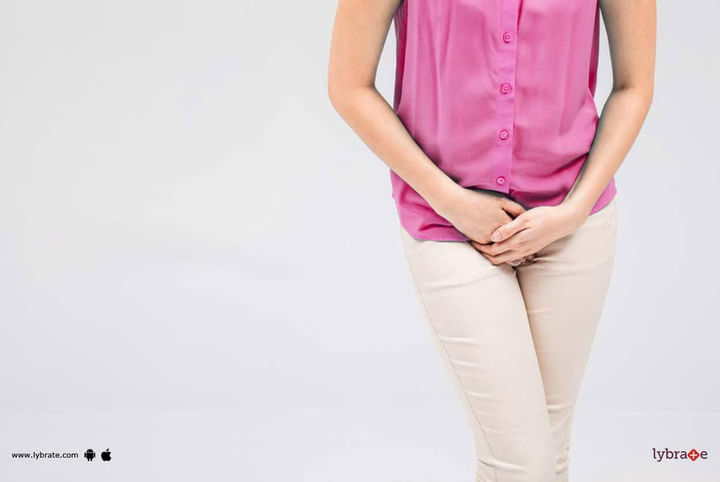Get the App
For Doctors
Login/Sign-up
Last Updated: Mar 31, 2020
BookMark
Report
Rectocele - How To Avert It?
Also known as Posterior Prolapse, Rectocele involves a weakening of the walls between the vagina and rectum, thereby, causing the rectal wall to swell and protrude into the space of the vagina. This bulging is a common, but the temporary problem that arises after childbirth. In severe cases, the swollen tissues may extend out of the vaginal opening and usually cause more discomfort than pain.
What are the most common causes of Rectocele?
- An upright posture places a lot of weight on the pelvic region, which is probably the most important cause for Rectocele or Posterior Prolapse.
- Constipation is also a very valid reason for Rectocele because it causes straining of the connective tissues that separate the vagina and the rectum.
- Constant heavy lifting and indiscriminate increase of body weight may also put a lot of pressure on the pelvic region that could ultimately lead to the weakening of rectal and vaginal tissues.
- Weakening of vaginal passageway due to pregnancy and childbirth is also a common reason for Rectocele development.
- Chances of developing Posterior Prolapse increases with age.
Physiological problems posed due to Rectocele:
- Passage of bowel becomes difficult and may sometimes require pressure on the vaginal bulge.
- The protrusion of tissue takes place from your vaginal opening, when you strain while passing bowel. This usually happens in people with constipation.
- This disorder may also induce a sensation that the bowel tract has not been fully emptied even after passing stool.
- Such vaginal bulging also causes difficulties and embarrassing concerns during sexual intercourse.
Medical recommendations and preventive measures to tackle Rectocele:
- Homemade remedies and exercise are usually effective. Performing exercises help re-tighten the pelvic muscles and tissues, thus reversing the effects of Rectocele. Vaginal pessaries or rubber rings, inserted into the vagina, can also support loose tissues and keep them in place.
- Surgical procedures are hardly needed in most cases of Rectocele. But if the issue is chronic, you may opt for removing the protruding tissues by surgery or strengthen the boundary between vagina and rectum by a mesh patch.
If you wish to discuss any specific problem, you can consult.
In case you have a concern or query you can always consult a specialist & get answers to your questions!



+1.svg)
